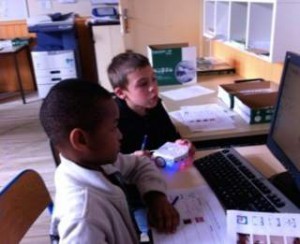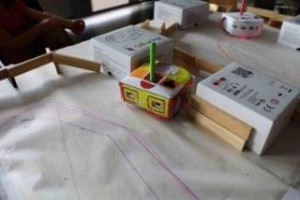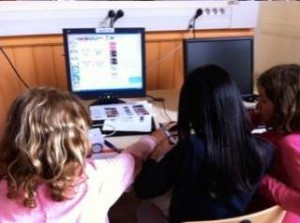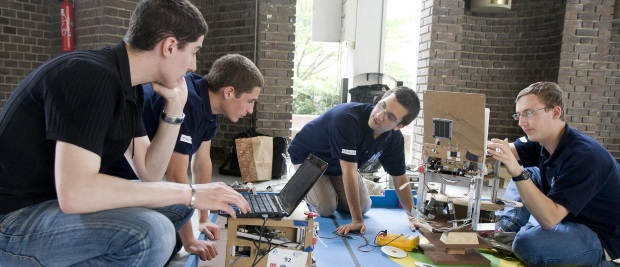State education in France is on the brink of a major revolution. Increasing numbers of work groups, proposals and initiatives are today contributing to the creation of more innovative schools.
Innovative schools: the new government flagship
In early November, François Hollande launched the Plan pour le numérique à l’école ( Plan for Digital Technology in Schools ), evidence of a genuine desire to modernise school education. This digital plan, expected to be rolled out at the beginning of the 2015/2016 academic year, will see pupils in French schools being introduced to computer coding .

Two reports have been published in support of this government plan . The first, named Jules Ferry 3.0 after the former education minister, a key figure in reforming the French education system, was produced by the French Digital Council (CNNum) . It lists the actions to be taken in order to develop and teach digital literacy in schools and is also aimed at changing educational practices by incorporating new technologies . The second, entitled Pour une école innovante (In favour of innovative schools), was drawn up by the French Innovation Council (CNIRE) . Established on 19 April 2013, the council has set itself the goal of stimulating the creation of a public policy of academic success .
The fact that the government is giving consideration to disruptive innovations like MOOCS illustrates its ability to envisage new methods of distance learning .
Innovative schools and robotics
One of the key targets of this second report is to promote the work carried out by people involved in innovative actions. Such people include not only teachers , but also project groups such as the Flowers research team at the French public science and technology institution INRIA , which has recently developed a teaching module christened IniRobot in collaboration with teachers. This module involves a sequence of educational activities aimed at introducing primary school pupils to robotics and programming , particularly in the context of extra-curricular activities. The robotics platform chosen for this module is the Thymio II educational mobile robot , whose small size, Aseba open-source visual programming tools and numerous coloured LEDs make it an ideal learning tool for children!

The Flowers research team , led by Pierre-Yves Oudeyer , is developing and studying the mechanisms that allow robots to learn new skills in order to make them capable of interacting in our constantly-changing physical and social environment.
For Didier Roy, a researcher in learning optimisation and robotics mediation and maths teacher belonging to the Flowers team, “ introducing children to robotics is an effective means of fighting poor performance at school. It leads naturally to project-based learning and changes the educational framework by making it more flexible, less stigmatising, particularly for pupils in difficulty. It involves active research and encourages debate, which in turn encourages pupils at odds with a traditional educational environment ill-suited to their needs to express their ideas.
“Teaching robotics, and more broadly computing in general, has become essential in a society where digital technology is both omnipresent and poorly understood, where technology is separating humans into two categories: those who use it and are aware of not only the benefits but also the risks, who grasp the essential fundamentals of computer thinking … and the others.”

Poppy, the Flowers research team’s latest project, is the first humanoid robot in the world to be both open-source and 3D printed . It seems to be following in the same vein as the Thymio II and the IniRobot module, while this time being aimed at older pupils (16+).

